Greg O’s Garage: HBO’s The Gilded Age, Long Island, The Vanderbilts and Stanford White Part 3

HBO's excellent new series 'The Gilded Age' has many connections, real and fictional, to NYC, Long Island and the Vanderbilt family. If you've yet to see it, and are a regular reader here, this new series is highly recommended.
While it is a fictional series detailing the rise and acceptance of a 'new money' family, The Russells, into the 'old money' guard of the gilded age society of New York, there are plenty of factual characters and locations within the show to keep any history aficionado happily entertained.
The first thing a watcher will notice is the thinly veiled portrayal of the Vanderbilt family by the fictional Russell family of the show. George Russell maybe represents William K. Vanderbilt, Willie K's father. Matriarch Bertha Russell exhibits the same drive and determination of Alva Vanderbilt attempting to rise through the ranks of the Astors and New York's social elite in New York's gilded age of the 1870's through 1910. Set in the early 1880's, the show, writers, producers and cast have all done their homework to ensure relative historical accuracy. So accurate, that aside from the wardrobe and story lines, many of the sets and locations are the actual residences of gilded age families.
This post, part 3, we'll look at one of the show's real-life characters, architect Stanford White.

In the new series, real-life character Stanford White is convincingly played by John Sanders and does bear a striking resemblance to White himself.
In the show, set in 1882, White has just designed and built the fictional Russell's new mansion on 61st St and 5th Ave. Only fictional, as no such mansion sat on that corner, it does look like a structure that would have come out of White's mind and pen.
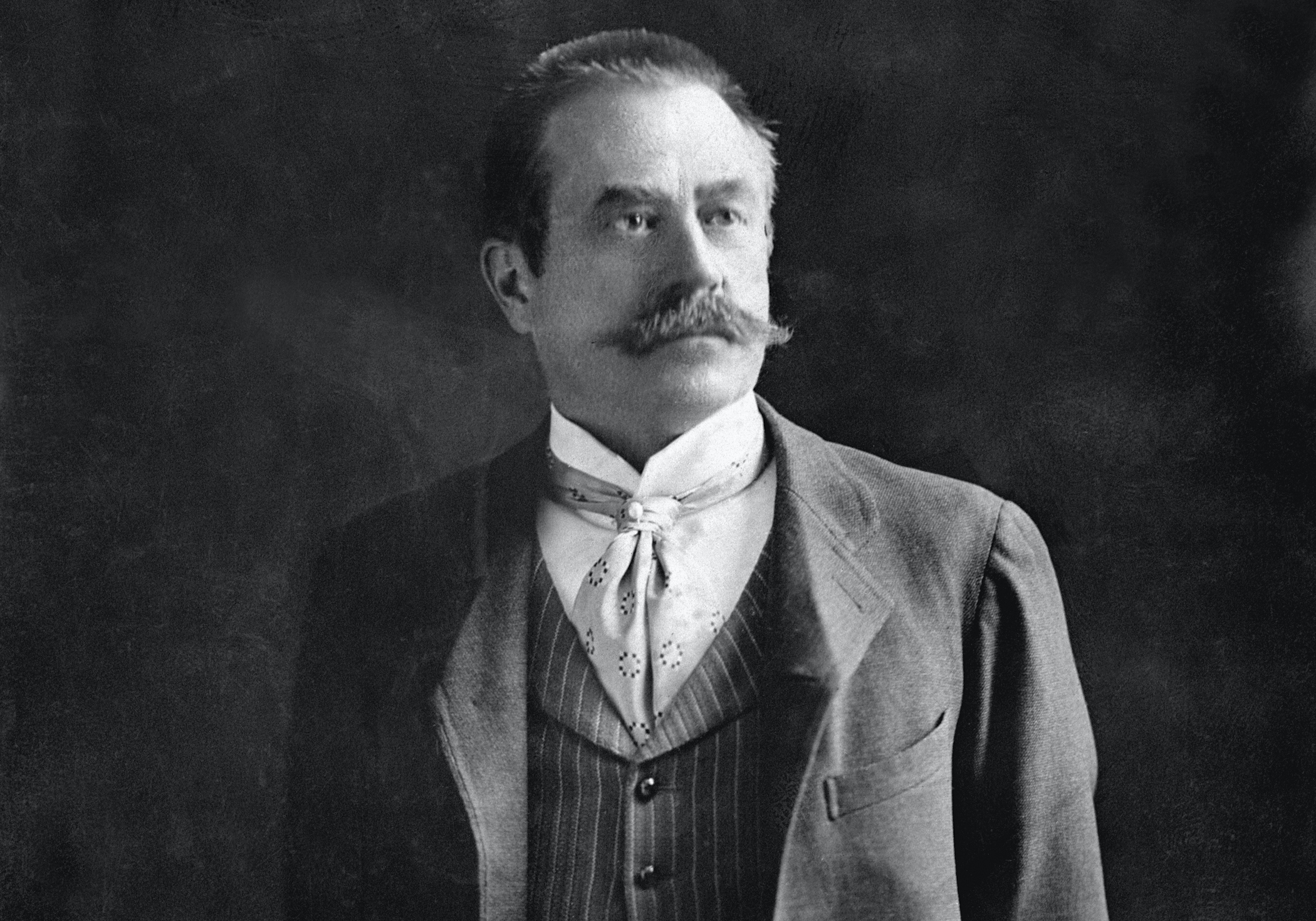
Born in New York City on November 9, 1853, the real Stanford White was responsible for many well-known gilded age mansions and structures in and around New York, Newport R.I., and elsewhere in the country.
As was the case of many architects of the day, White did not have any formal architectural schooling, but at age 18, he started as an apprentice for Henry Hobson Richardson for the following 6 years.
In September 1879, after a one and half year long trip through Europe learning differing styles, he began as a partner in the architectural firm McKim, Mead & White, one of the most significant Beaux-Arts firms of the era.
Dozens of White's creations are still standing today.
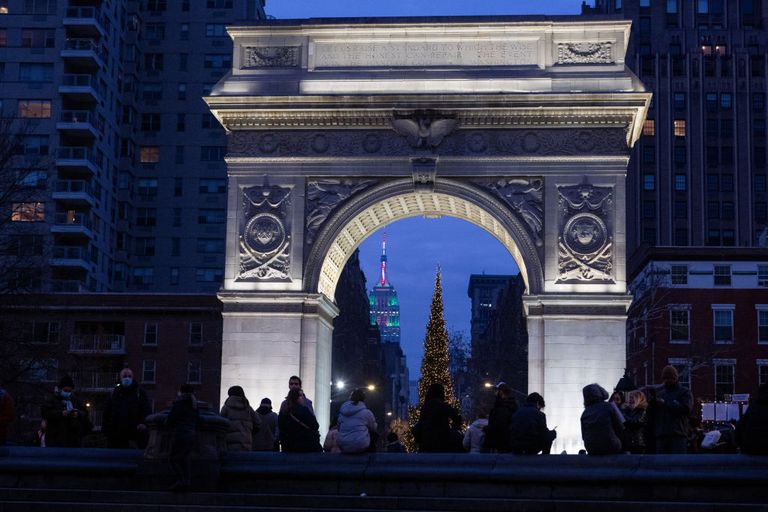
According to White's great-grandson, architect Samuel G. White, in 1889, he designed the then temporary arch structure in Washington Square Park, something his great-grandson says he's most remembered by.
As the director of the centennial celebration of George Washington's inauguration, his design was inspired by Paris’s Arc de Triomphe. And while only temporary, it was so beloved, that in 1891, he was tasked with the design and construction of the permanent arch we see today in Washington Square Park.
Prior to 1964, traffic from Fifth Avenue passed under the arch through Washington Square Park.
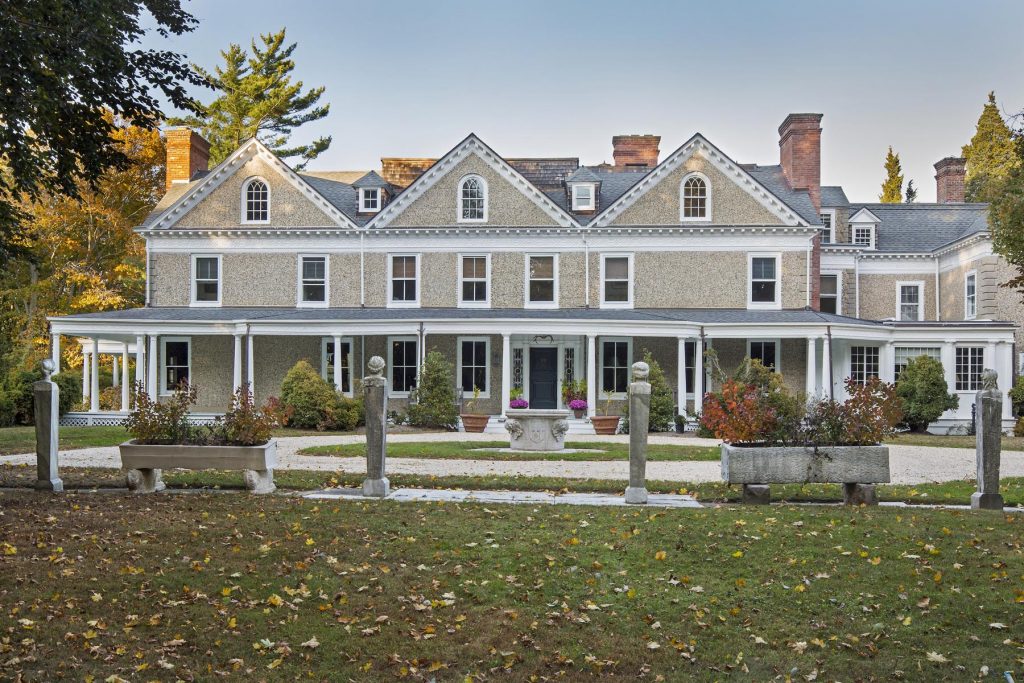
While not open to the public, and currently owned and lived in by Great Grandson Samuel G. White's brother Daniel White, is Stanford White's own home, Box Hill.
Located on the north shore of Long Island in Saint James, Box Hill started as a small, unassuming farmhouse. Sometime around 1884, Stanford White's wife received a large inheritance, and he took to enlarging the house.
Constantly remodeling the house, it's final and current form came in 1903, when he covered the entire building in “pebble dash” (rocks pressed into mortar).
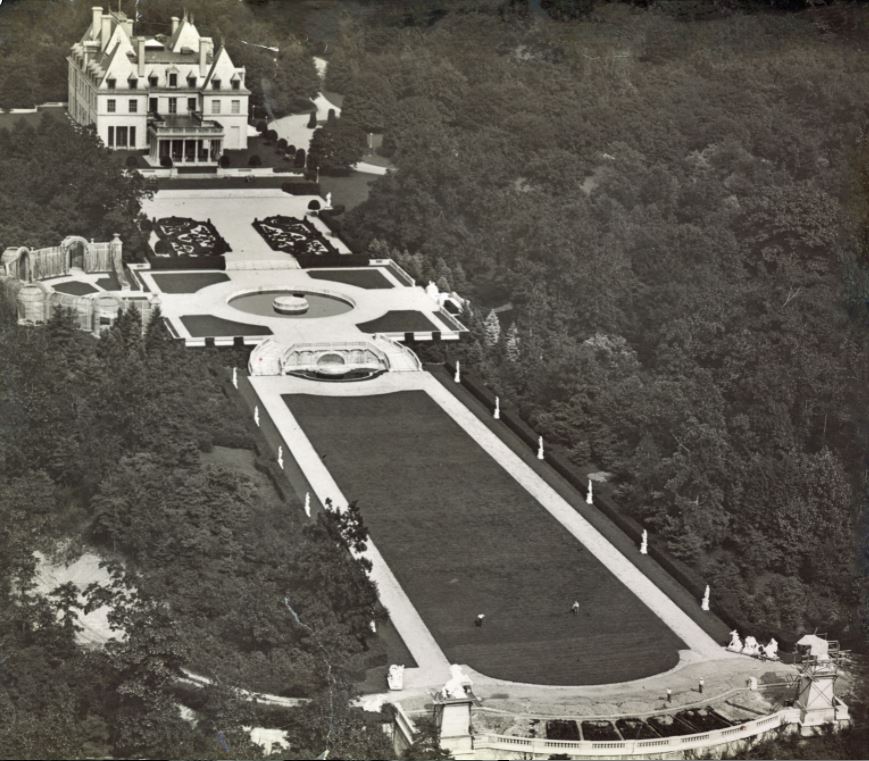
In 1899, he received his largest private residence commission, the 648-acre estate Harbor Hill, designed and built for Katherine and Clarence H. Mackay on the highest point in Nassau County seen here in 1922.
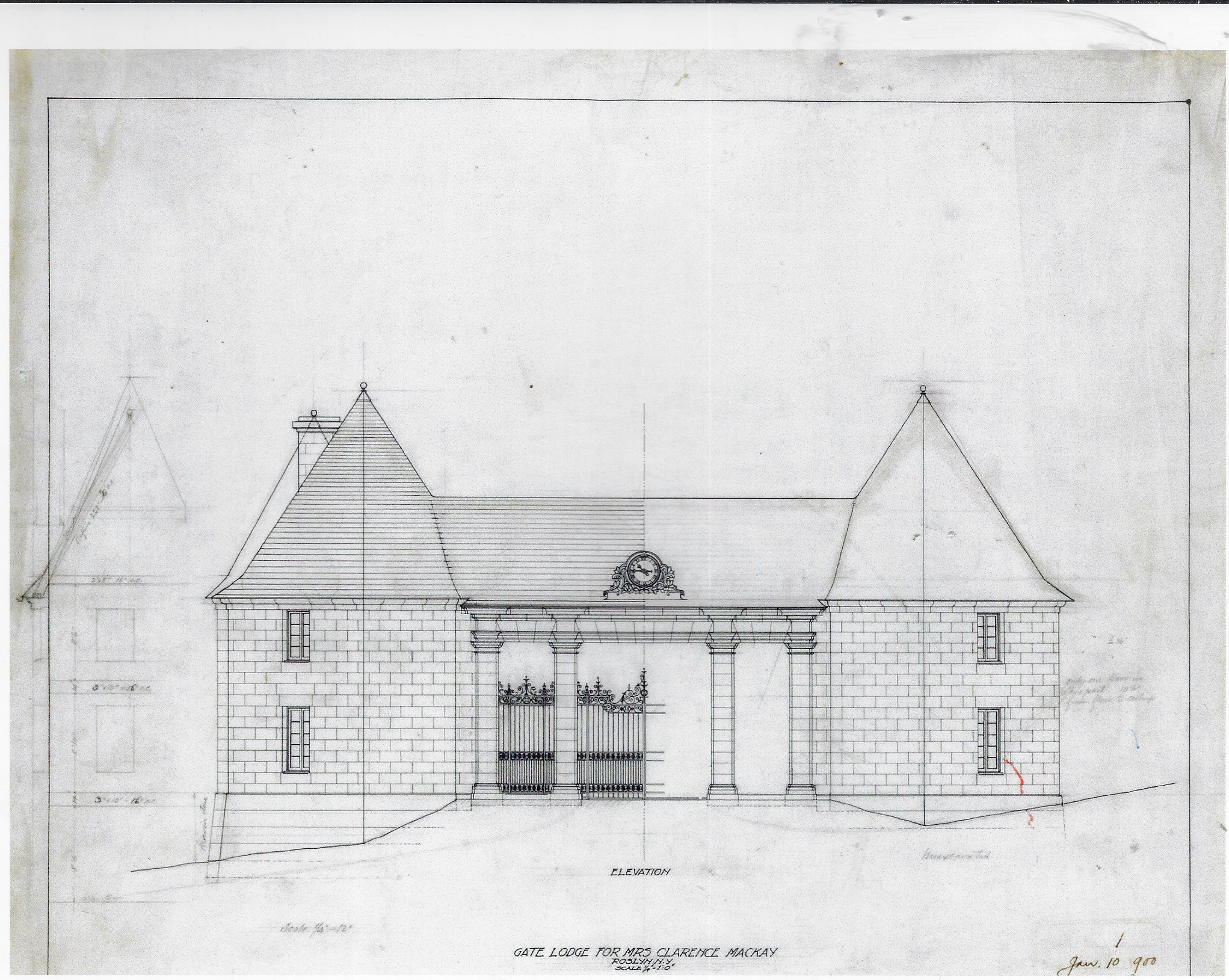
Built on a large mountain of a hill of the same name in Roslyn, the Harbor Hill estate proudly stood for 45 years and has seen the likes of visitors like Charles Lindbergh after his Trans-Atlantic flight in 1927, The Prince of Wales in 1924, and even a future Pope when Cardinal Pacelli visited in the 1920's.
Demolished in 1947, after arsonists and vandals started to take their toll when Mackay died in 1938, very little of Harbor Hill exists today. Other than the Dairy man's cottage, water tower and some recently rediscovered driveway retaining walls, the largest remaining piece of the estate is the gate lodge on Harbor Hill Road and Roslyn Road. The rest of the estate's acreage is covered by the 500-house neighborhood of Country Estates at East Hills.
Seen here are from Stanford White's original plans for the lodge.
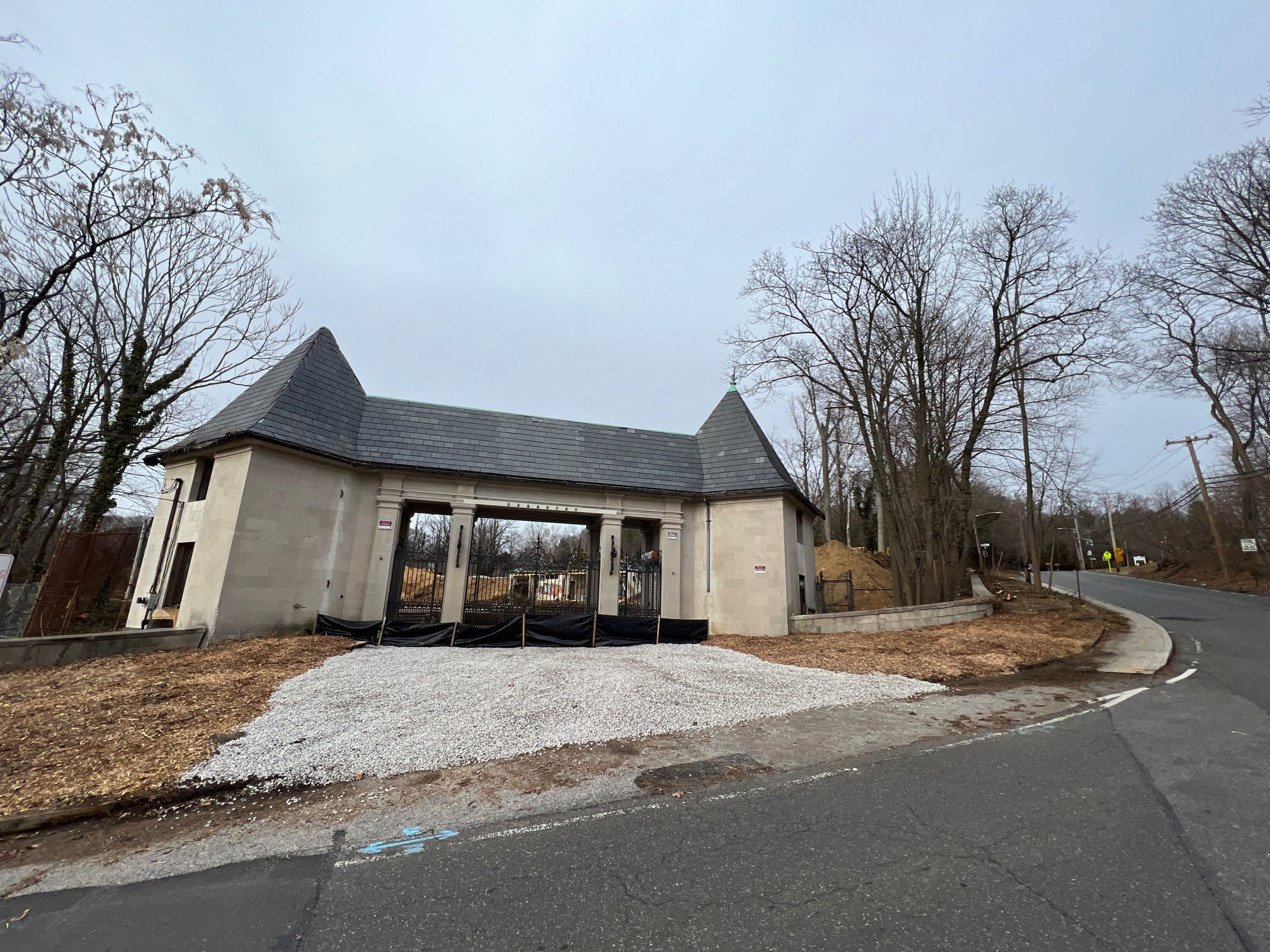
The gate lodge is a miniature version of the main limestone house. It is currently going through a comprehensive, complex restoration undertaken by the Village of East Hills with the assistance of the Roslyn Landmark Society.
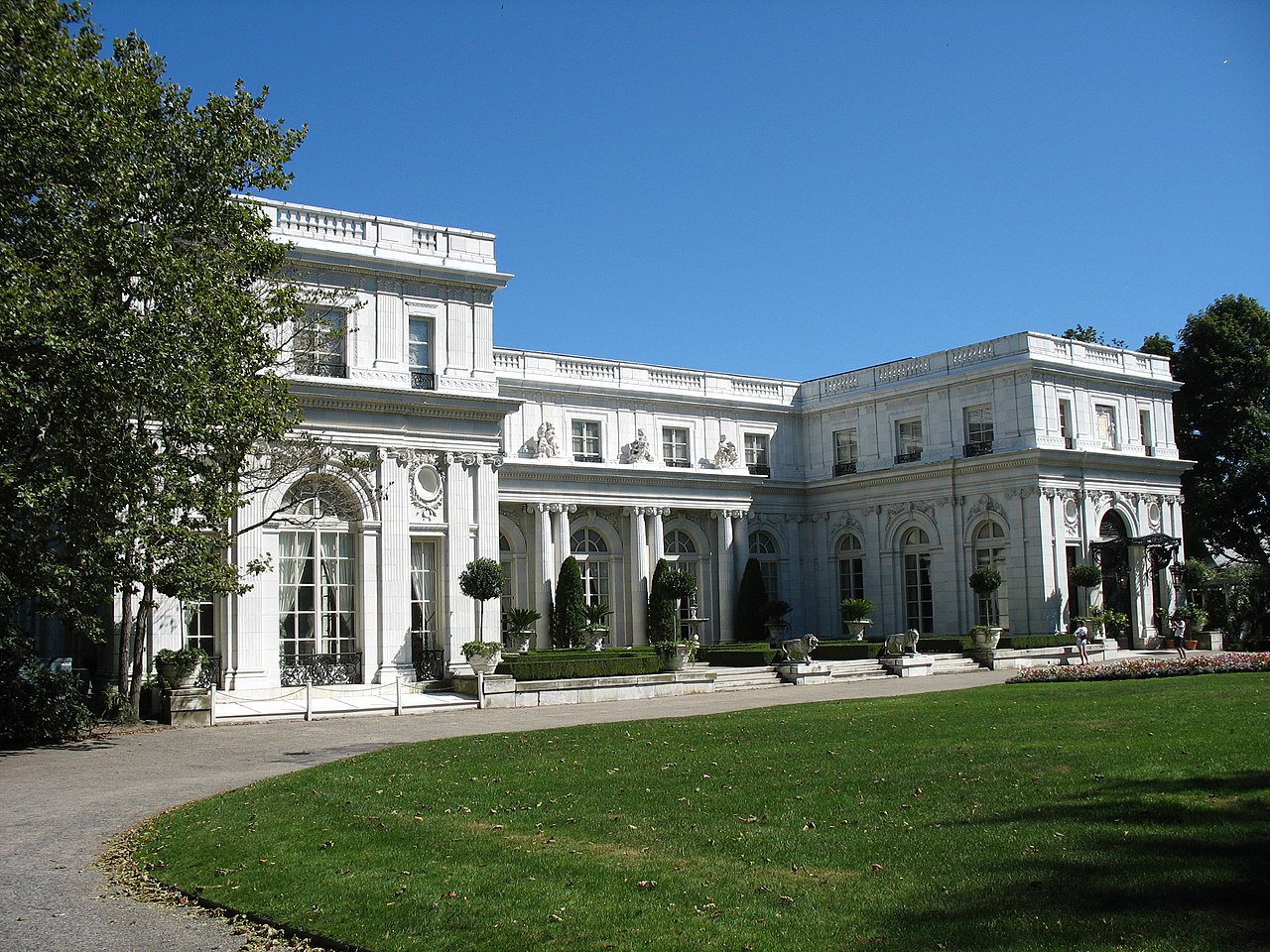
His work went beyond New York City and Long Island. He also designed the Frederick Vanderbilt Mansion in Hyde Park, New York. In Boston, buildings included the Algonquin Club, the Boston Public Library, Harvard Stadium, and the Symphony Hall. But it is in Newport Rhode Island, that some of his most beautiful homes are located.
Rosecliff, was built from 1898–1902 for Theresa Fair Oelrichs, a silver heiress from Nevada. She was the daughter of James Graham Fair, one of the four partners in the Comstock Lode.
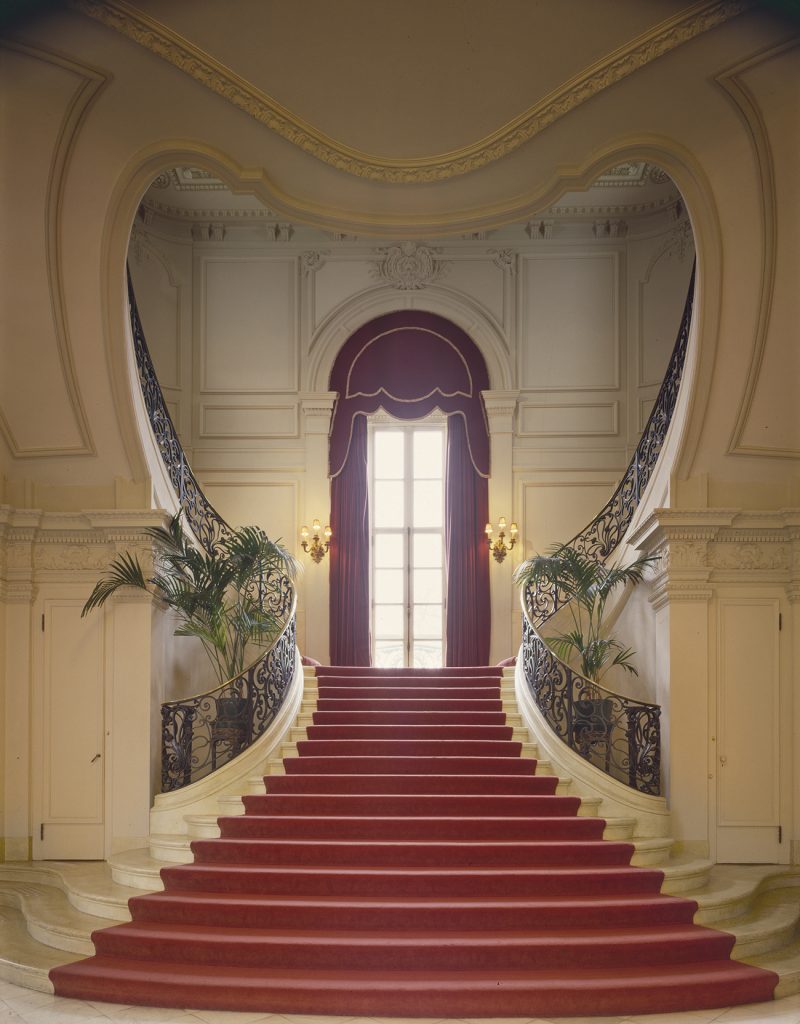
Rosecliff's interior features a heart-shaped staircase that White's Great-Granson, architect Samuel White, has said it is so perfect and beautiful it could only be done by computer today.
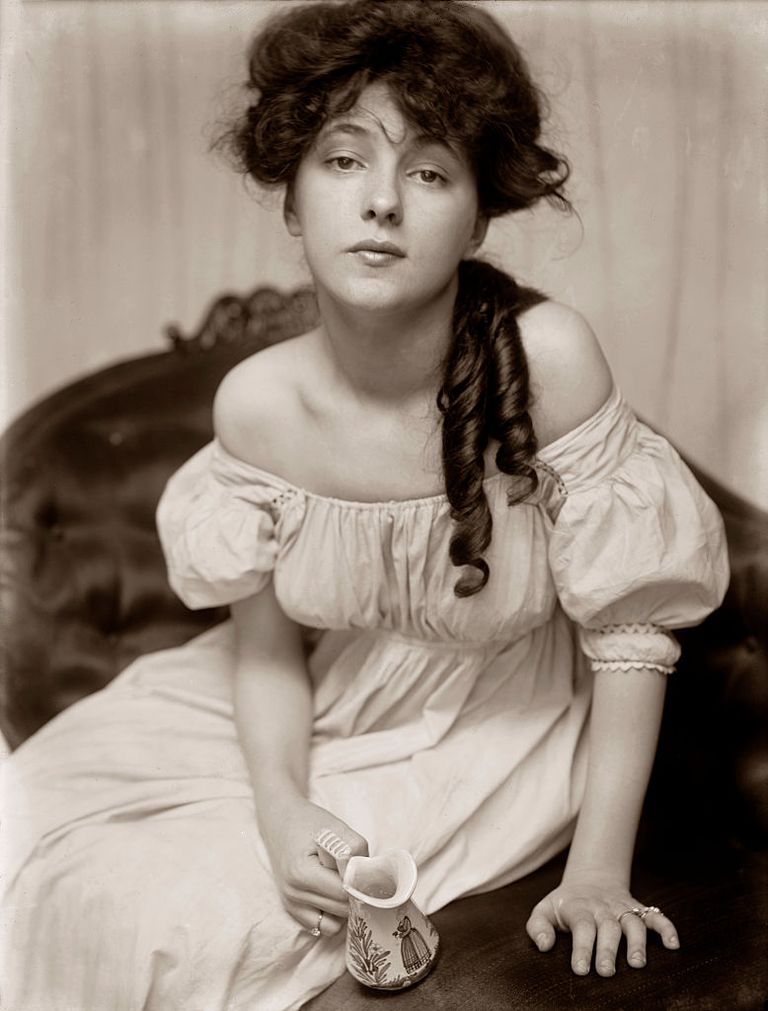
Scandal came at the end of his shortened life.
In 1901, he was in a caretaking relationship with Evelyn Nesbit who was 16 at the time. It was later proven that he gave her plenty of champaign, and possibly drugged her to have his way with her. Despite that, they stayed together for about 6 months and kept in touch beyond that.
In 1905 Nesbit married Harry Kendall Thaw, a Pittsburgh millionaire with a history of severe mental instability. After discovering her past with White, Thaw then viewed White as his rival. He subsequently shot White on June 25, 1906 while White was dining at Martin's, near the theatre at Madison Square Garden, proclaiming "He ruined my wife!". Stanford White was 52.
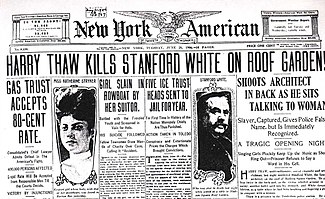
It was the biggest scandal of the day and became the trial of the century,
However, White might not have lived much longer had he not been killed. The autopsy report, made public by the coroner's testimony at the Thaw trial, revealed that White was in poor health when killed. He suffered from Bright's disease, incipient tuberculosis, and severe liver deterioration.
While Stanford White had a turbulent life, we still have many of his greatest accomplishments to admire today, and the scandal and trial at the end of his life is long ago history.

Comments
I thoroughly enjoyed the first season, hope there’s a second season. Like that most of the characters had a back story, both the wealthy and the staff etc.
Nice job relating the story behind the story! Thanks. Some pics of the Harbor Hills gate property record which shows it to have been built in 1915 and an overhead shot of the property.
Brian- Yes, there will be a second season, since as I understand, there have been searching out future filming locations around Long Island.
Art- Odd that they have the date down as 1915 since it’s true date of construction (1900-1902) is very well-known.
Greg, could the entire pool area have been done later? And possibly the records were not that well kept back then.
Art, the pool area was constructed for the swim club in the 50’s.
He designed the Clubhouse at Shinnecock Hills.
https://thefriedegg.com/sunday-brunch-shinnecock-hills-clubhouse-history/
Interesting back story as well.